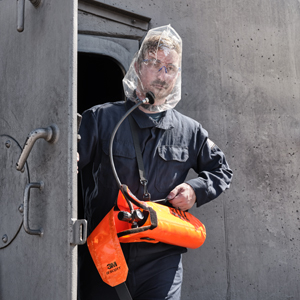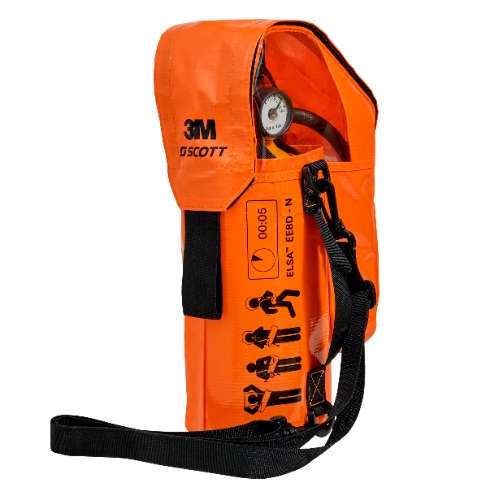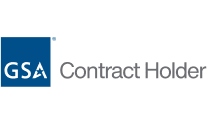Emergency escape breathing devices (EEBD) are a type of self-contained breathing apparatus (SCBA) used for emergency escape in immediately dangerous to life or health (IDLH) situations.
When properly used, an EEBD can provide emergency respiratory protection by allowing the wearer to escape from environments with atmospheres that are oxygen deficient or that contain toxic contaminants.















